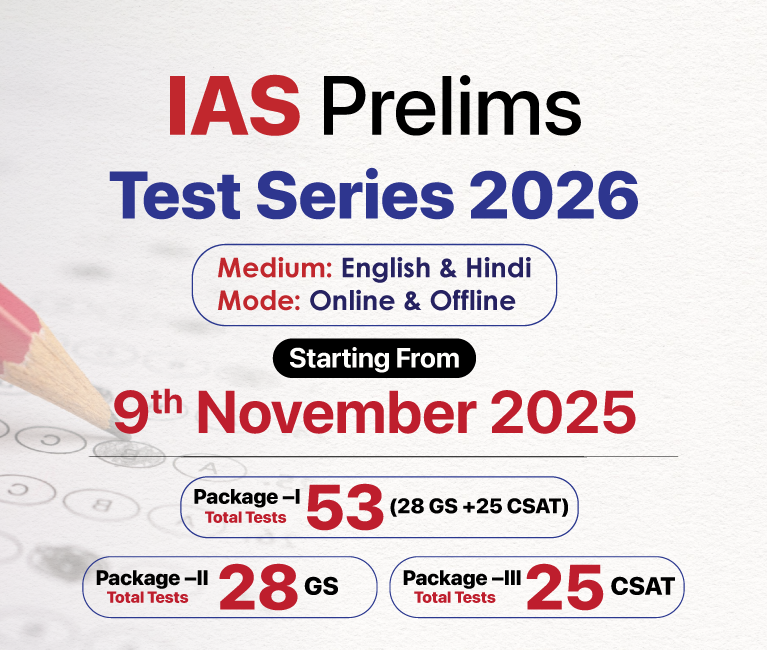Rajasthan Switch to Hindi
Rainwater Harvesting in Jaipur
Why in News?
A rainwater harvesting and irrigation project was inaugurated at Kukas in Jaipur district, Rajasthan, following the creation of a 15-crore-litre water conservation capacity.
Note: 80% of Rajasthan's area faces groundwater depletion; 50% of drinking water and 60% of irrigation rely on rapidly declining aquifers.
- Over-extraction leads to high salinity, fluoride and nitrate contamination, causing serious health risks in many regions.
Key Points
- Direct Benefits for Smallholder Farmers:
- Over 6,000 villagers, primarily smallholder farmers and livestock rearers, will directly benefit from the project.
- It is projected to increase farm income by Rs 5 crore annually and ensure long-term drinking water security for over 10,000 rural households.
- These ponds are designed to capture rainwater directly from each farm, and many have already started filling during the ongoing monsoon.
- By the end of the monsoon, the ponds are expected to become a permanent water source for rain-fed fields in the region.
- This will reduce dependence on rapidly depleting groundwater sources and promote sustainable agriculture.
- Over 6,000 villagers, primarily smallholder farmers and livestock rearers, will directly benefit from the project.
- Strategic Partnership:
- The project is a collaboration between the Atomic Power Evolution Awareness Foundation and Hero MotoCorp’s Corporate Social Responsibility (CSR) wing ‘Hero We Care’.
- It is being implemented in the Kukas region, where the Kacherawala River has dried up and over 200 wells and handpumps are defunct.
- Groundwater levels in the region have dropped to depths of 1,000 feet, making surface water conservation critical.
- India's Initiatives Related to Water Conservation:
Water Harvesting System
- About:
- A water harvesting system refers to a technique or structure designed to capture, store, and use rainwater, surface runoff, or other sources of water for various purposes, such as agriculture, domestic use, and groundwater recharge.
- It is a sustainable water management practice aimed at conserving water and addressing water scarcity.
- A water harvesting system refers to a technique or structure designed to capture, store, and use rainwater, surface runoff, or other sources of water for various purposes, such as agriculture, domestic use, and groundwater recharge.
- Types:
- Rainwater Harvesting (RWH): Collecting and storing rainwater through methods like rooftop collection and underground storage to conserve water.
- Groundwater Recharge Systems: Techniques such as recharge wells that allow rainwater to seep into the ground to maintain and improve groundwater levels.
- Surface Water Harvesting: Collecting rainwater from land or open fields using ponds and reservoirs for irrigation and other uses.
- Urban Water Harvesting: Capturing rainwater in cities from rooftops and surfaces to reduce pressure on municipal water systems and manage stormwater.


.png)




.jpg)























.png)


.jpg)

 PCS Parikshan
PCS Parikshan

